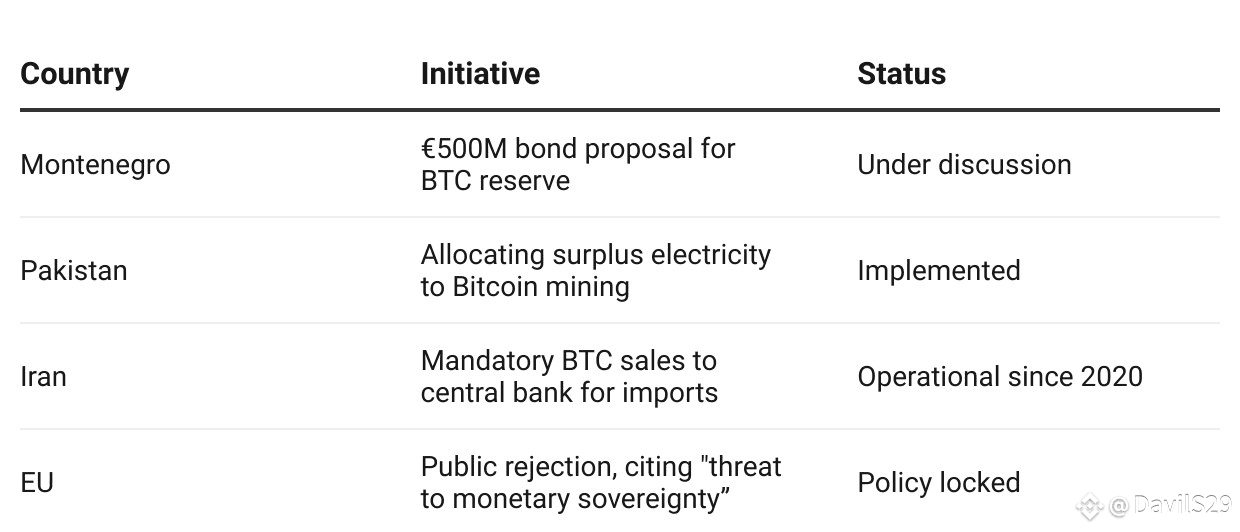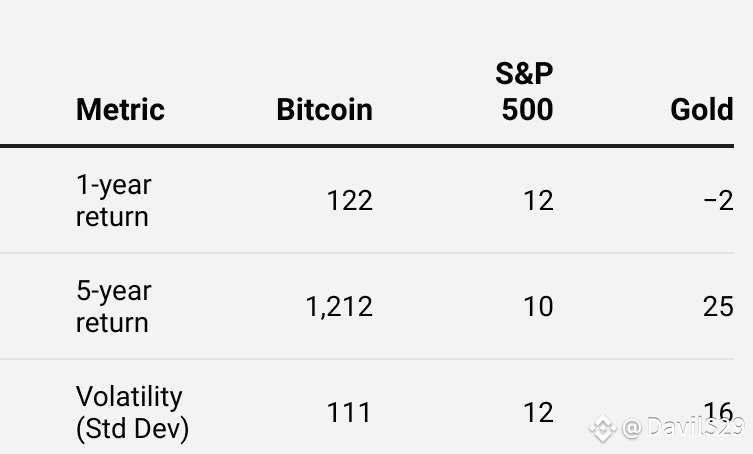
Washington’s embrace of crypto reshapes global finance—and fuels a $123,000 Bitcoin surge.
President Trump’s pen hovered over the executive order on March 6, 2025, flanked by advisors holding Solana memecoins and Bitcoin mining executives. With a signature, 200,000 confiscated BTC—worth $24.6 billion—morphed from seized contraband into the backbone of the U.S. Strategic Bitcoin Reserve . Across trading desks in Hong Kong, red candles flipped green in seconds. Cardano spiked 18%. Solana jumped 22%. A trader in Singapore whispered, “They’ve made crypto too big to fail” .
The gamble? Transforming volatile digital assets into instruments of national power.
1. The Reserve Blueprint: Policy as Market Catalyst
The March 2025 executive order didn’t just rebrand existing holdings—it launched a financial paradigm shift. By locking forfeited Bitcoin into a permanent reserve, the U.S. signaled long-term institutional validation of cryptocurrencies as strategic assets . Crucially, the order:
- Barred fire sales, mandating Bitcoin holdings be retained as a “unique store of value”
- Created a Digital Asset Stockpile for non-BTC tokens (ETH, SOL, XRP), funded solely through seizures
- Ordered budget-neutral acquisition strategies, exploring gold reserve sales or asset revaluations for further BTC accumulation
Table: U.S. Strategic Crypto Reserve Structure

State governments raced to mimic the model. By August 2025:
- Texas enacted S.B. 21, creating its own Bitcoin reserve
- New Hampshire authorized treasury investments in BTC (market cap >$500B)
- 14 other states proposed similar bills, though most stalled
2. Market Turbulence: How Policy Ignited Prices
The regulatory earthquake triggered immediate market reactions:
- Bitcoin surged 122% year-to-date by June 2025, dwarfing the S&P 500’s 9% gain
- Stablecoin inflows hit $8B in July, signaling returning capital confidence
- ETH rallied 54% monthly after corporate “ETH treasuries” trend emerged
The GENIUS Act—signed July 18, 2025—acted as rocket fuel. By allowing banks and credit unions to issue stablecoins, it legitimized crypto’s plumbing:
“The U.S. positioned itself as a global leader in stablecoin regulation, aligning with EU’s MiCA framework. Market cap blasted past $4 trillion”
3. Global Domino Effect: Reserve Race Goes Viral
From Montenegro to Jakarta, central banks scrambled to respond:

Notably, Bhutan’s hydro-powered mining operation quietly amassed $750M in BTC—proving reserves could be built organically
4. Corporate Arms Race: Mining Giants vs. Treasury Titans
MARA Holdings July 2025 update revealed staggering scale:
- 50,639 BTC reserves—second only to MicroStrategy among public companies
- 207 blocks won monthly, generating 703 new BTC
Meanwhile, traditional firms mimicked the reserve model:
- SharpLink Gaming, BitMine launched ETH treasury programs
- Robinhood tokenized stocks within a "compliance cage" on Arbitrum
This corporate adoption wave validated what VanEck termed Bitcoin’s “digital gold” supremacy:
“Unlike physical gold, Bitcoin offers divisibility to eight decimal places and transparent transaction trails—making it functionally superior for modern finance”
5. The Adoption Paradox: Why Mainstream Use Lags
Despite price surges, research reveals troubling adoption barriers:
- Network congestion creates inherent scalability limits, capping active users
- Late adopters (“imitators”) amplify price noise, unlike early “innovators” who boost efficiency
- Trust gaps persist: Studies show awareness alone can’t drive usage; ease-of-use and perceived usefulness are critical mediators
Table: Bitcoin vs. Traditional Asset Performance (As of June 2025)

Return's are in %
Source: VanEck, Morningstar
6. Ethical Quicksand: Officials’ Coinciding Portfolios
A CREW ethics investigation uncovered troubling overlaps:
- 19 White House officials held $875K–$2.35M in BTC, ETH, SOL, XRP, ADA
- Special Assistant Ian Kelley owned every asset named in Trump’s reserve plan
- No divestment records existed as of July 2025
This sparked accusations of “policy-driven enrichment”—particularly given Trump’s own Solana-based $TRUMP memecoin ventures. When Bo Hines, architect of the reserve strategy, resigned abruptly in March 2025, transparency advocates demanded audits .
7. The Road Ahead: Can Reserves Stabilize Crypto?
Skeptics highlight structural vulnerabilities:
- Negative network effects: Larger miner networks slow consensus, throttling transaction capacity
- IMF compliance hurdles: South Korea and Switzerland rejected BTC reserves, citing volatility and non-compliance with reserve criteria
Yet technologists counter with solutions:
- Bitcoin Layer 2s (Lightning, RGB) enabling asset tokenization
- Halving-driven scarcity: April 2024’s supply cut historically precedes bull runs
Digital Sovereignty’s Crossroads
“When the U.S. Treasury holds Bitcoin, it’s no longer speculation—it’s statecraft.”
The Strategic Reserve experiment tests whether national bitcoin holdings can force mainstream legitimacy. Early results are paradoxical: Prices scream upward while real-world usage crawls. As Texas state miners energize wind-powered rigs and EU regulators draft countermeasures, one truth emerges—geopolitics now trades on blockchain time.
Where do you stand?
👉 “Reserves are strategic genius”— Diversifies national assets, forces innovation
👉 “Dangerous gambit with taxpayer risk” — Volatility invites disaster, enables insider gains
Share your perspective below—will state crypto vaults stabilize markets or magnify systemic risk?
Sources: Executive order texts , MARA Holdings production reports , CoinEx market analysis , VanEck performance data , CREW ethics disclosures.
Follow me on:-
Blogger: https://davils29.blogspot.com/?m=1
Medium: medium.com/@bisht.dalvir
Mirror: https://mirror.xyz/0xF141599Dce8fe06c2CBb00eFEA18dc0d60377FcA
Binance Square: https://app.binance.com/uni-qr/cpro/DavilS29?l=en&r=202117554&uc=web_square_share_link&us=copylink
Paragraph: https://paragraph.com/@davils29



